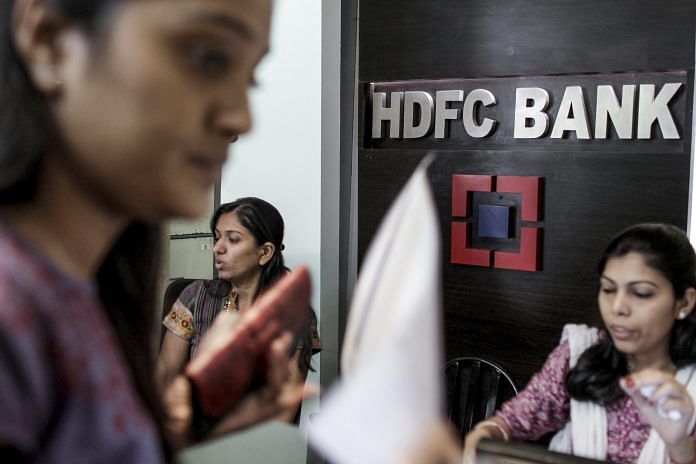Sri Lanka, Bangladesh and Nepal all doing better in harnessing women’s economic output than India which is second only to Pakistan.
It was only a decade ago that Nokia OYJ’s smartphone factory near Chennai was seen as the prototype solution for India’s chronic problem of too few women in the workforce.
That unit, which at peak production boasted 8,000 permanent employees – 72 percent of whom were women – got left out of a global sale of the Finnish company’s mobile handset business to Microsoft Corp. because of a tax dispute with the Indian government. It took New Delhi five years to drop its preposterous $1.5 billion demand. Earlier this month, Finland and India settled the case for $240 million – an amount the company has already paid.
The damage, though, has been done. Foxconn Technology Co., which wants to buy the defunct facility, would undoubtedly attract plenty of young workers from nearby villages. However, most of the retrenched Nokia women, having dropped out of the formal labor force several years back, won’t be returning.
The “orphaned child,” as a government minister described the abandoned factory, highlights the peculiar challenges that India faces in boosting its female workforce participation rate of 27 percent. That compares with China’s 64 percent, and is the second lowest in South Asia after Pakistan. Sri Lanka, Bangladesh and Nepal are all doing better in harnessing women’s economic output.
Paradoxically, India has many women in senior corporate roles.
Kundapur Vaman Kamath, the founding chief executive of ICICI Bank Ltd., nurtured a generation of female bankers. Among them, Kalpana Morparia now heads JPMorgan Chase & Co.’s Indian operations; while Madhabi Puri-Buch is a stock-market regulator. When Kamath’s top job at ICICI went to one senior woman protege – Chanda Kochhar – two others, Shikha Sharma and Renuka Ramnath, left within days of each other to do other things. Such was the breadth of the diversity pipeline at ICICI.
Now, though, isn’t a great time to be a banker in India – male or female. Fraud, malfeasance and a stinking $210 billion pile of bad loans have dented banks’ profits as well as bankers’ reputations. Kochhar’s husband is facing an inquiry in connection with allegations of a quid pro quo for a now-soured ICICI loan to Videocon Group. Sharma’s tenure at Axis Bank Ltd., another large corporate lender beset with dud advances, has been cut short after the regulator asked the board to reconsider a fourth term for the CEO.
The temporary, but unfortunate, void of role models adds to an already depressing scenario. When 200,000 people, including doctors, engineers and MBAs, apply for 1,137 constable positions in Mumbai Police, you know the job situation facing India’s youth is far from promising. Throw in a collapse in private investment; a surge in bankruptcies; stalled construction activity; and a rise in crimes against women, and the outlook for female participation in the urban workforce is bleak.
Villages present an even bigger challenge. Between 2005 and 2012, when the rural economy witnessed a surge in investment after years of neglect, 21 million women dropped out of the workforce, according to the World Bank.
Not all of this decline was bad – it’s an encouraging sign when young girls can spend more time in school. But older women are also more likely to stay home if there’s less pressure on them to supplement family incomes, and that’s a deadweight for the economy. Rather than blaming a male-centered work culture, it would be more helpful if the kind of opportunities that were available to women in rural areas were safer, and more socially dignified.
Gender parity would add 18 percent to India’s business-as-usual GDP by 2025, according to a new study by McKinsey & Co. Every little favorable change in work and society would count. That’s why it’s a tragedy when a modern electronics factory – the kind that powered East Asia’s tiger economies – has to close because of an insane overreach by the tax authorities.
Without a more pragmatic approach by bureaucrats and policymakers, India can’t dream of double-digit GDP growth. Not when female participation rates still compare with parts of the Arab world. – Bloomberg






